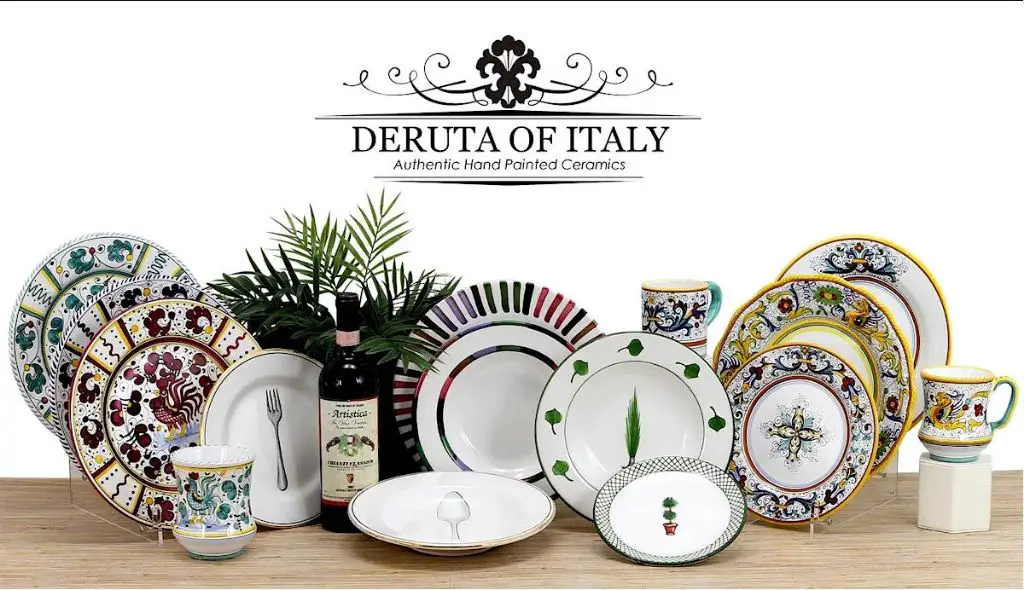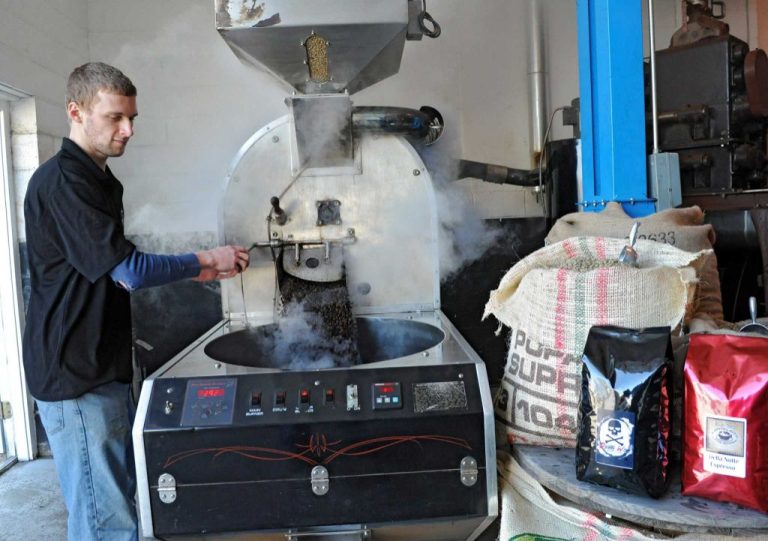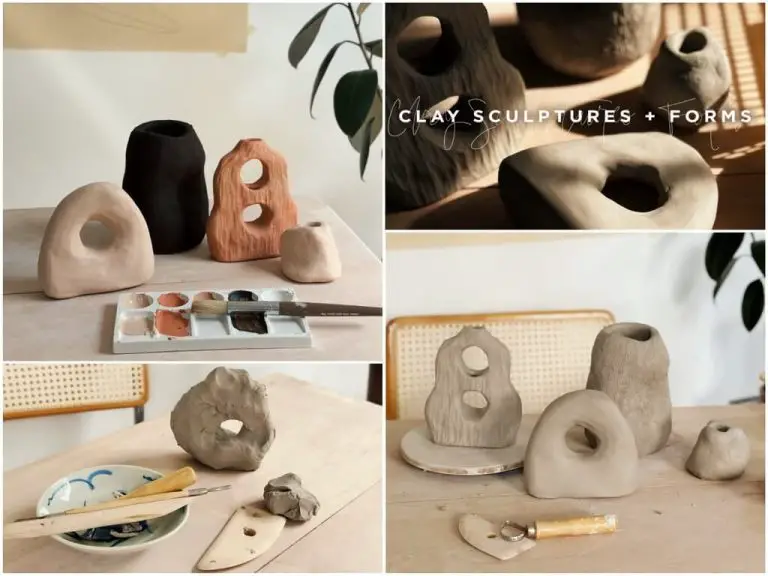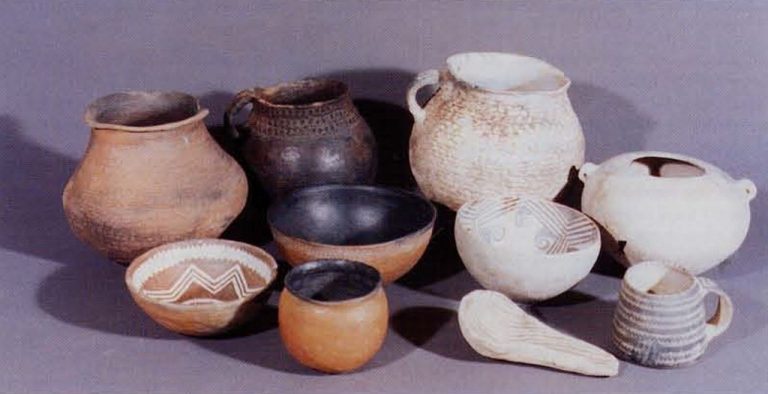Where Can I Buy Deruta Ceramics?
What are Deruta ceramics?
Deruta ceramics refer to the majolica pottery and ceramics produced in the Italian town of Deruta, which is located in the region of Umbria. Deruta has a long history of ceramic production dating back to the Middle Ages.
Some key facts about Deruta ceramics:
- Production started around the 13th century, with earliest pieces showing Islamic influences.
- By the 1500s, Deruta was known for its fine painted majolica using vibrant colors and intricate designs.
- Typical ceramics produced include plates, bowls, jugs, vases, urns, and tiles decorated with geometric patterns, foliage, animals, and figural scenes.
- Distinctive Deruta styles include Raffaellesco with grottesche decorations inspired by Raphael’s Vatican loggias and Corniola with stylized acanthus leaves.
- Techniques include maiolica glazing, lustreware, sgraffito carving, and airbrushing to achieve fine details.
Deruta ceramics are considered among the most prized Italian pottery for their artistry and quality. The Deruta Ceramics Museum in the town displays fine examples from throughout history.
Where is Deruta, Italy?
Deruta is located in the Perugia province of the Umbria region in central Italy. It is situated about 13 km southeast of Perugia and 145 km north of Rome.
Deruta is known as the artistic and ceramic capital of Umbria. The town has a long tradition of pottery and ceramics production dating back to the 13th century. Majolica pottery from Deruta was prized across Italy and Europe during the Renaissance. Today, Deruta remains a center for ceramic production and is home to many ceramics studios and shops.
The town of Deruta itself is a small, charming hill town surrounded by olive groves and vineyards. The older section of town features medieval streets and architecture, including the 13th century Church of San Francesco. Deruta also has archaeological sites and remains dating back to the ancient Romans.
The surrounding countryside near Deruta is dotted with small villages, walled towns, and historic abbeys. The area provides ample opportunities for exploring the landscapes, food, wines, and artistic heritage of Umbria.
Deruta Ceramic Shops and Stores

One of the best ways to buy authentic Deruta ceramics is to visit the shops and stores located right in Deruta, Italy. This charming medieval hill town is the birthplace of Deruta pottery and home to dozens of ceramic workshops and stores selling these iconic Italian ceramics.
Some of the most popular and highest rated Deruta ceramic shops include:
- Ceramiche Michelangelo – Family-owned since 1916, offers a wide selection of handmade and hand-painted Deruta ceramics.
- Ceramiche Grazia – Historic shop specializing in tin-glazed Deruta pieces, known for its signature floral and geometric patterns.
- Ceramiche Rampini – Showcases contemporary Deruta pottery along with more traditional designs, has its own museum.
- Deruta Ceramica – Carries brightly painted Deruta pieces, specializing in dinnerware sets, tiles, and ornamental objects.
- La Ceramica di Deruta – Quaint shop filled with handmade bowls, plates, urns, and more with the iconic Deruta style.
Visiting these shops allows you to see the wares up close, speak with knowledgeable owners, and take home your purchases without hassles of shipping. It’s the ideal way to get truly authentic Deruta pottery straight from the source.
Buying Deruta ceramics online
The internet provides a convenient way to buy authentic Deruta ceramics without traveling to Italy. Popular online retailers selling Deruta ceramics include Etsy, Amazon, and specialty shops with online stores.
Buying Deruta ceramics online has several advantages compared to purchasing them in person in Deruta:
- Wider selection to choose from at various price points
- Can easily compare prices across multiple shops
- Items can be shipped internationally
- Avoid language barriers when buying locally in Italy
However, there are also some downsides to buying online rather than visiting Deruta in person:
- Can’t inspect items closely before purchasing
- Potential for damage during shipping
- Extra customs duties and taxes
- Miss out on the experience of visiting shops and seeing ceramics being made
Overall, buying Deruta ceramics online provides a convenient way to access this traditional Italian craft, but visiting Deruta in person offers a more immersive cultural experience.
What to look for when buying
When purchasing authentic Deruta ceramics, there are certain hallmarks to look for that indicate quality and craftsmanship. According to That’s Arte (https://www.thatsarte.com/blog/how-to/how-to-spot-fake-ceramics/), real Deruta pieces will have:
- A signature or maker’s mark stamped into the bottom of the piece
- Slight imperfections like bumps or uneven glazing, showing the human hand in the process
- Bright, vibrant colors with intricate hand-painted designs
- A bottom that is partially unglazed
The traditional Deruta style features bold colors like cobalt blue, mustard yellow, manganese purple and emerald green in floral and scrolling motifs (https://readingitalianmaps.wordpress.com/2011/09/29/hand-made-italian-ceramics-learn-how-to-spot-a-fake/). The ceramics are made from clay, tin-based glazes and paints. Pieces may include plates, bowls, jars, vases, and figurines. When evaluating quality, look for vibrancy in the colors and care in the brushstrokes.
Authentic Deruta ceramics command higher prices due to their handmade nature. Be wary of pieces that seem suspiciously inexpensive.
Prices and Costs
Deruta ceramics can range greatly in price depending on the size and intricacy of the design. Smaller pieces like plates, mugs or tiles may start around $20-50 while large decorative pieces can cost hundreds or even thousands of dollars. Here are some factors that affect the pricing:
- Size – Larger pieces will generally cost more than smaller ones
- Design – More intricate painted designs take more time and skill, increasing costs
- Materials – Gold leaf or other premium materials raise prices
- Retailer – Prices may vary between shops, websites, and countries
- One-of-a-kind – Unique or custom pieces often cost more
The best times to buy Deruta ceramics for lower prices are during sales and promotions. Many Italian shops have summer sales in July/August as well as January winter sales after the holidays. Online retailers may offer discounts around Black Friday, Cyber Monday, and Christmas. You may also find deals at ceramics fairs and exhibitions. Being flexible on which particular piece you want can help you take advantage of sales on available inventory.
Shipping and customs
Shipping costs and delivery times for Deruta ceramics will vary depending on your location and the seller you purchase from. Many online shops like Mod Ceramics offer international shipping with estimated delivery times of 1-2 weeks for the USA and Europe. Expect to pay around $20-50 for standard international shipping.
For faster delivery, some sellers like Deruta Megastore offer express shipping with estimated 1-2 day delivery times within Italy. Express international shipping can cost $50-100+ depending on your location.
When importing Deruta ceramics, be aware of customs regulations. Pieces over 100 years old may require an export license from Italy. There is generally no customs duty on ceramic items from Italy to the USA, but value added tax may apply. Research regulations specific to your country to avoid any surprises at customs.
Deruta Ceramic Classes and Workshops
Deruta is known worldwide for its ceramics, and there are several options in the town for learning the craft directly from local artisans. Hands-on classes and workshops provide a unique opportunity to gain experience working with clay and traditional ceramic techniques used in Deruta.
The Ceramiche Rampini workshop offers small group classes where students can learn to throw pots on the wheel, hand build ceramic pieces, and glaze and decorate using traditional Deruta styles and designs like the Raffaellesco, Azzurro Deruta, and Rinascimento patterns. Multi-day intensives are available for those who want a fully immersive experience [1].
Another option is taking a class at the International School of Ceramic Art near Deruta. Their multilingual classes allow you to make your own plates, mugs, bowls, and more over the course of a week-long workshop. Expert ceramists teach both throwing and handbuilding techniques [2].
For travelers with less time, there are also single-day classes that provide a quick introduction to working with clay and making a small decorative piece or figure. This gives you a taste of the ceramic process from start to finish in just a few hours.
Regardless of the class length or intensity, hands-on learning is an unforgettable way to become immersed in Deruta’s storied ceramic legacy. Guidance from local experts helps you gain skills and appreciation for the artistry involved in producing the town’s signature pottery and tableware.
Deruta Ceramics Museum
The Deruta Ceramics Museum is an excellent place to learn more about the history and tradition of Deruta ceramics. The museum is located in Deruta itself and houses a large collection of ceramic pieces, some dating back to the Renaissance era.
The museum boasts over 7,000 pieces in its collection [1]. Some of the highlights include 16th century lustred pieces depicting biblical scenes like the Martyrdom of St. Lawrence and the Sacrifice of Isaac [2]. There are also contemporary pieces by modern Deruta artisans.
A visit to the museum provides a comprehensive overview of the stylistic evolution of Deruta wares over the centuries. Exhibit captions explain production techniques and materials. The museum is a great way to appreciate the rich history and artistry behind Deruta ceramics before purchasing them.
Similar Italian Ceramics
While Deruta ceramics are perhaps the most famous Italian ceramic style, there are several other noteworthy traditions across Italy. For example, majolica ceramics from the Faenza region in the northeast are known for their brilliant glazes and decorative designs. Majolica techniques developed in Faenza during the Renaissance and were soon adapted by artisans across Italy.
The island of Sicily is also home to several distinctive ceramic styles. Caltagirone ceramics, produced in the town of the same name, feature intricate decorative patterns and figurative motifs painted by hand. Sicily’s Capodimonte ceramics showcase intricate floral decorations often highlighted with gold leaf accents.
In the Naples region, Capodimonte porcelain features hand-painted motifs in pastel colors with heavy gold ornamentation. The Capodimonte style was originally developed under the patronage of King Charles of Bourbon in the 18th century.
While varying in technique, these regional Italian ceramic styles share common traits of fine craftsmanship, artistic expression, and cultural heritage spanning centuries. Collectively they represent Italy’s significant contributions to the ceramic arts.





